1. Illegal Pesticide Use
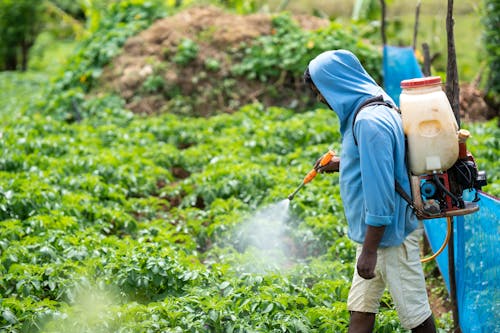
It might seem harmless to spray a little extra bug killer around your garden, but using certain pesticides without a license—or applying them in ways not approved by the EPA—is actually illegal. Many homeowners don’t realize that some chemicals are restricted and require specific training to handle. If you’re using banned or misapplied substances near water sources, you could be in violation of the Clean Water Act. And yes, neighbors have reported each other for this kind of thing.
Even products bought at big-box stores can land you in trouble if they’re used incorrectly or excessively. For example, overapplication of lawn weed killers can cause runoff into storm drains, affecting nearby streams and wildlife. Regulations vary by state, but federal laws still apply across the board. Always read the label—it’s not just good advice, it’s a legal requirement.
2. Non-Compliant Fire Pits
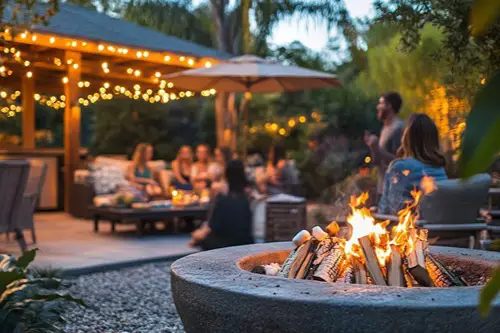
Backyard fire pits are cozy and trendy, but they’re not always legal. In many areas, wood-burning fire pits contribute to local air pollution and can violate state or municipal air quality standards. Some regions, especially in California, have specific “no burn” days that make even a quick evening bonfire technically illegal. The Clean Air Act governs these rules at the federal level, but enforcement usually comes from state agencies.
The smoke from fire pits contains fine particulate matter, which is bad news for people with respiratory issues. If you’re burning treated wood, you’re releasing toxic chemicals, and that’s where federal rules get involved. EPA regulations ban the open burning of certain waste materials, and treated lumber is definitely on the naughty list. So double-check what you’re tossing in that fire—pressure-treated wood isn’t just bad for smores, it’s potentially a federal offense.
3. Unauthorized Wetland Alteration
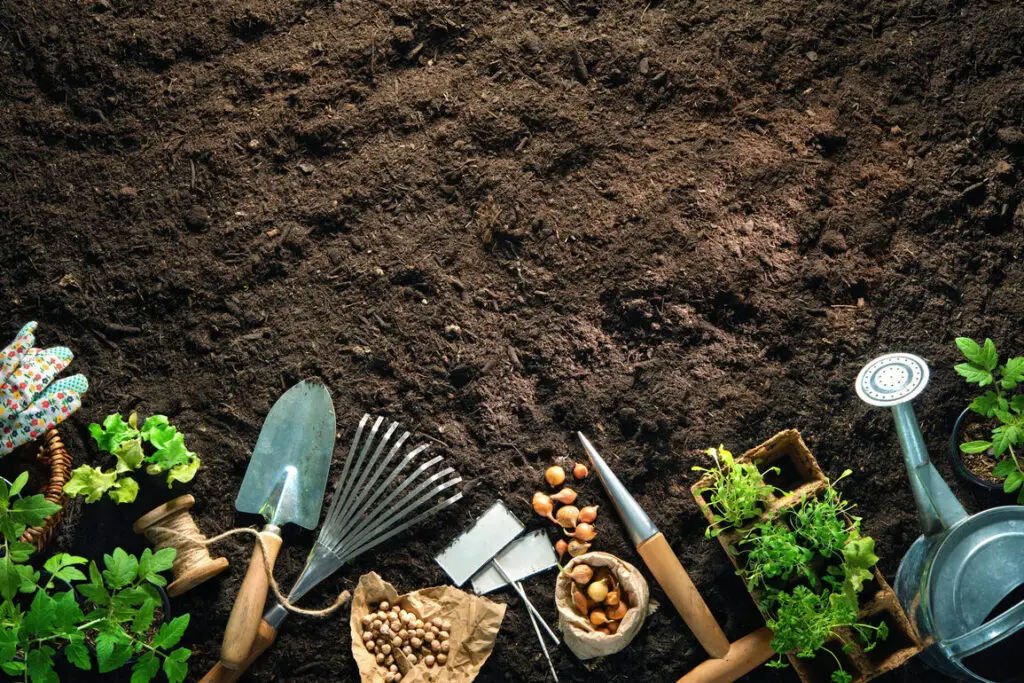
If you’ve ever thought about filling in that soggy patch in the back corner of your yard, you might want to hold off. Wetlands, even small ones on private property, are often federally protected under the Clean Water Act. Altering or draining them without a permit from the U.S. Army Corps of Engineers can result in hefty fines. Some people have learned this the hard way after landscaping projects accidentally destroyed a federally protected wetland.
These areas serve an important environmental purpose, filtering water and providing habitat for wildlife. Even if it doesn’t look like a classic marsh, if it meets the hydrology and vegetation criteria, it could be classified as a wetland. Local regulations may add another layer of protection. Ignorance doesn’t count as a defense here—”I didn’t know” won’t fly with the EPA.
4. Septic System Modifications
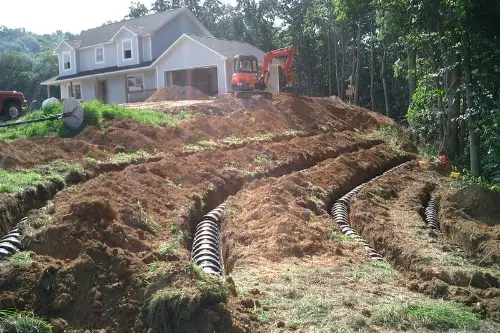
Modifying or expanding your septic system without the proper permits can violate both state and federal environmental laws. Septic systems are regulated because improper installations can leach raw sewage into groundwater. This is a serious issue, especially near lakes or in rural areas where private wells are common. In some states, even planting a tree too close can interfere with a system and lead to problems.
The Clean Water Act comes into play here again, since contaminated runoff or leaks affect surface water and groundwater quality. DIY fixes are especially risky—tampering with tanks, lines, or drainage fields without inspections is a major no-no. Many homeowners don’t realize that their system may be considered a “point source” of pollution. And yes, your backyard upgrade could put you on a government list if things go sideways.
5. Unpermitted Greywater Systems
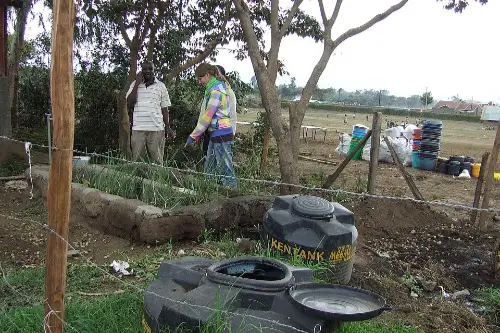
Greywater systems—those that recycle water from sinks, showers, or washing machines—are eco-friendly if done right. But installing one without a permit can put you in violation of plumbing and environmental laws. That’s because graywater can contain bacteria and pollutants, which means improper disposal could contaminate soil or water supplies. Some states require specific filtration standards and disinfection measures.
California and Arizona encourage graywater use but still have strict guidelines for installation. If your DIY system dumps water too close to a neighbor’s property line or near a water body, you’re crossing legal lines. Even using biodegradable soap doesn’t automatically make your system safe or compliant. Bottom line: “reusing” water isn’t always as simple as running a hose out the window.
6. Banned Artificial Turf

That plastic grass in your backyard may be low maintenance, but it’s not always legal. In some drought-prone states, certain types of artificial turf are restricted due to their impact on stormwater runoff and soil health. Some municipalities ban it entirely in front yards—and while backyards often slide under the radar, enforcement is creeping in. The issue? These synthetic lawns can contribute to heat island effects and microplastic pollution.
Older artificial turf can contain lead, especially in the coloring of the blades. Once that starts breaking down, those particles go straight into the environment, sometimes even washing into storm drains. This creates a potential Clean Water Act violation if runoff carries contaminants off your property. It might look green, but ironically, it’s not very environmentally friendly—or always legal.
7. Non-Native Plant Landscaping
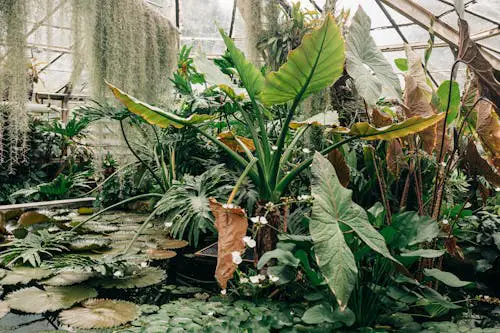
Everyone loves an exotic plant now and then, but planting invasive species in your garden can be against state or federal regulations. Certain ornamental plants—like purple loosestrife or Japanese barberry—are banned in several states due to their aggressive spread and ecological damage. The Lacey Act makes it illegal to transport certain plants across state lines without permits. Violations can bring federal fines, even if your intentions were purely decorative.
Some of these plants outcompete native vegetation and alter soil chemistry, making it hard for local species to survive. If your backyard is near a protected area, your garden could end up being a launching point for invasive spread. Homeowners are often unaware they’ve broken any laws until local officials show up. Bottom line: know what you’re planting and where it’s allowed.
8. Illegal Wildlife Attractions

Backyard ponds and bird feeders seem harmless, but if you’re using them to attract or harbor certain species, you might be breaking federal law. The Migratory Bird Treaty Act, for example, prohibits feeding or baiting migratory birds in ways that alter their natural behavior. Some states also have laws about feeding deer, bears, or other wildlife, especially if it increases human-wildlife conflict. Ignoring those can result in fines or even confiscation of property.
Feeding stations for certain species—like ducks or geese—are tightly regulated because they can lead to overpopulation and disease. And if you’re near agricultural land, your feeder could be considered a nuisance under USDA rules. Even decorative water features that attract protected species can trigger a legal review. If you’re encouraging animals to gather, you may need a permit—yes, even in your own backyard.
9. Impervious Surfaces Without Drainage
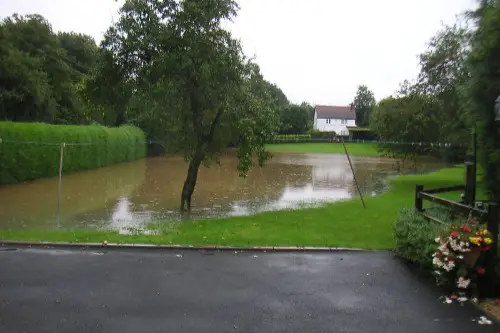
Installing a new patio or driveway extension without proper drainage planning might land you in legal hot water. Impervious surfaces block rainwater from soaking into the ground, leading to stormwater runoff that can carry pollutants into local waterways. Under the Clean Water Act, certain urban and suburban properties are subject to stormwater management rules. Homeowners can be liable if their changes cause erosion or runoff onto neighboring properties.
In some cities, adding more than a certain square footage of impervious surface requires a permit or on-site mitigation like a rain garden. Not having one means you’re technically violating local stormwater ordinances, which are tied to federal law. It’s often overlooked in backyard DIYs, especially with prefab pavers and concrete slabs. But your “simple” backyard upgrade could turn into a drainage disaster—and a code violation.
10. Backyard Shooting Ranges
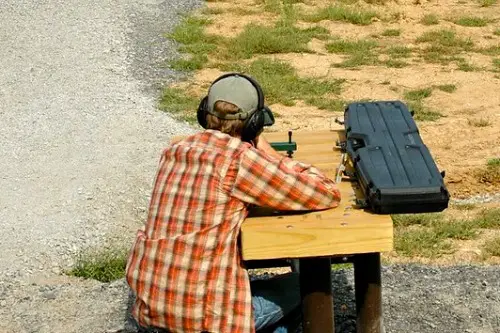
Believe it or not, some rural homeowners set up personal shooting ranges—but there are serious environmental rules around that. Lead from bullets can contaminate soil and groundwater, which falls under EPA hazardous waste guidelines. Unregulated ranges—even on private land—can create long-term environmental damage, especially if near wetlands or streams. Some states require soil testing or containment systems to prevent lead leaching.
It doesn’t help that there’s often confusion between Second Amendment rights and environmental compliance. Having the right to shoot doesn’t mean you can ignore pollution laws. Even small backyard ranges have been subject to EPA enforcement actions. If you’re setting one up, you need more than ear protection—you need legal advice.
11. Overuse of Fertilizer

Applying too much fertilizer to your lawn isn’t just wasteful—it can actually be illegal, especially near bodies of water. Phosphorus, in particular, is restricted in many states because it causes harmful algal blooms when it washes into lakes and rivers. The EPA regulates nutrient runoff under the Clean Water Act, especially in areas with sensitive ecosystems. So dumping extra “just to be safe” can backfire big time.
Lawn care companies know the rules, but DIY homeowners often don’t read the fine print. Even if you live miles from a lake, your storm drain likely connects to a watershed. Local ordinances often mirror federal guidance and include limits on when and how fertilizers can be applied. That lush green lawn might be breaking more rules than you think.
12. Illegal Tree Removal
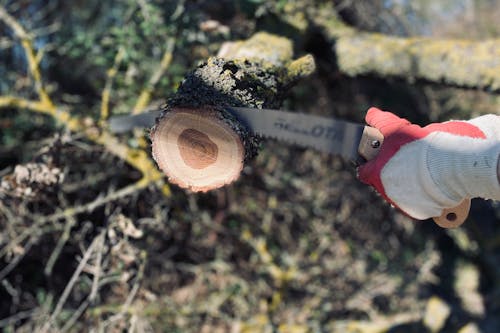
Chopping down a tree on your own property might seem like your business, but it’s not always legal. Some cities have “heritage tree” ordinances or species-specific protections that require permits—even on private land. Federal laws also come into play if the tree is part of a protected wetland or home to an endangered species. Removing such a tree without checking can result in steep fines.
In addition, cutting down trees that contribute to a buffer zone near streams can violate the Clean Water Act. These buffer zones help reduce erosion and filter runoff, and they’re often protected by law. It’s especially tricky in suburban areas where ecological protections overlap with residential codes. Always call before you cut—even a tree that’s technically “yours” may be protected by law.
13. Homemade Compost Violations
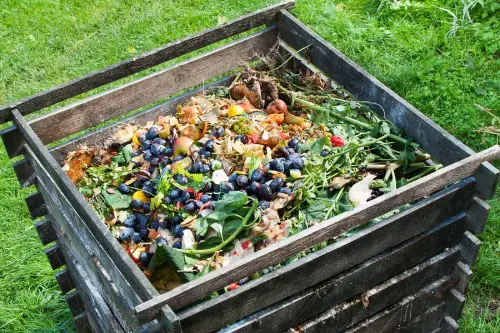
Composting is usually encouraged—but if done improperly, it can violate local health and environmental laws. Adding meat, dairy, or pet waste can attract pests and produce pathogens, turning your eco-friendly project into a biohazard. In some states, this violates waste disposal regulations, especially if the compost pile is near a water source. The EPA doesn’t regulate backyard compost directly, but state laws can.
Large compost piles may also be subject to setback requirements—meaning they must be placed a certain distance from structures, wells, or property lines. Odor complaints can escalate to code violations, and pest infestations can trigger visits from health inspectors. What starts as a sustainability effort can quickly spiral into a legal headache. Just because it’s “natural” doesn’t mean it’s unregulated.
14. DIY Creek Dams
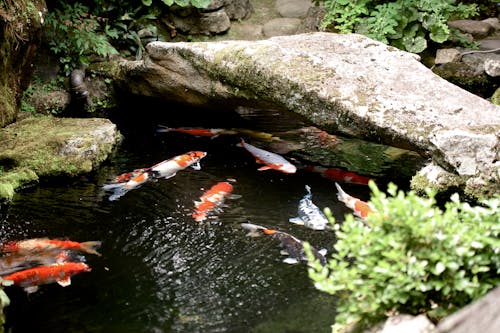
If you’ve ever tried to slow down a creek or build a dam to create a pond, beware: this can be a serious environmental violation. Under the Clean Water Act, altering the flow of natural streams or creeks—especially navigable waters—requires a permit from the U.S. Army Corps of Engineers. Even if it’s on your property, changing water flow can impact fish migration, sediment transport, and downstream water quality. Some people do this thinking it’s a harmless water feature upgrade.
But the law doesn’t care if your goal is a koi pond or a swimming hole. Blocking or diverting water without proper approval is considered a “discharge of fill material,” which is regulated. Enforcement can include restoration orders, fines, and even criminal charges in extreme cases. In short, if you mess with a stream, the feds might come knocking.
This post 14 Backyard Additions That Quietly Violate Environmental Laws was first published on Greenhouse Black.
